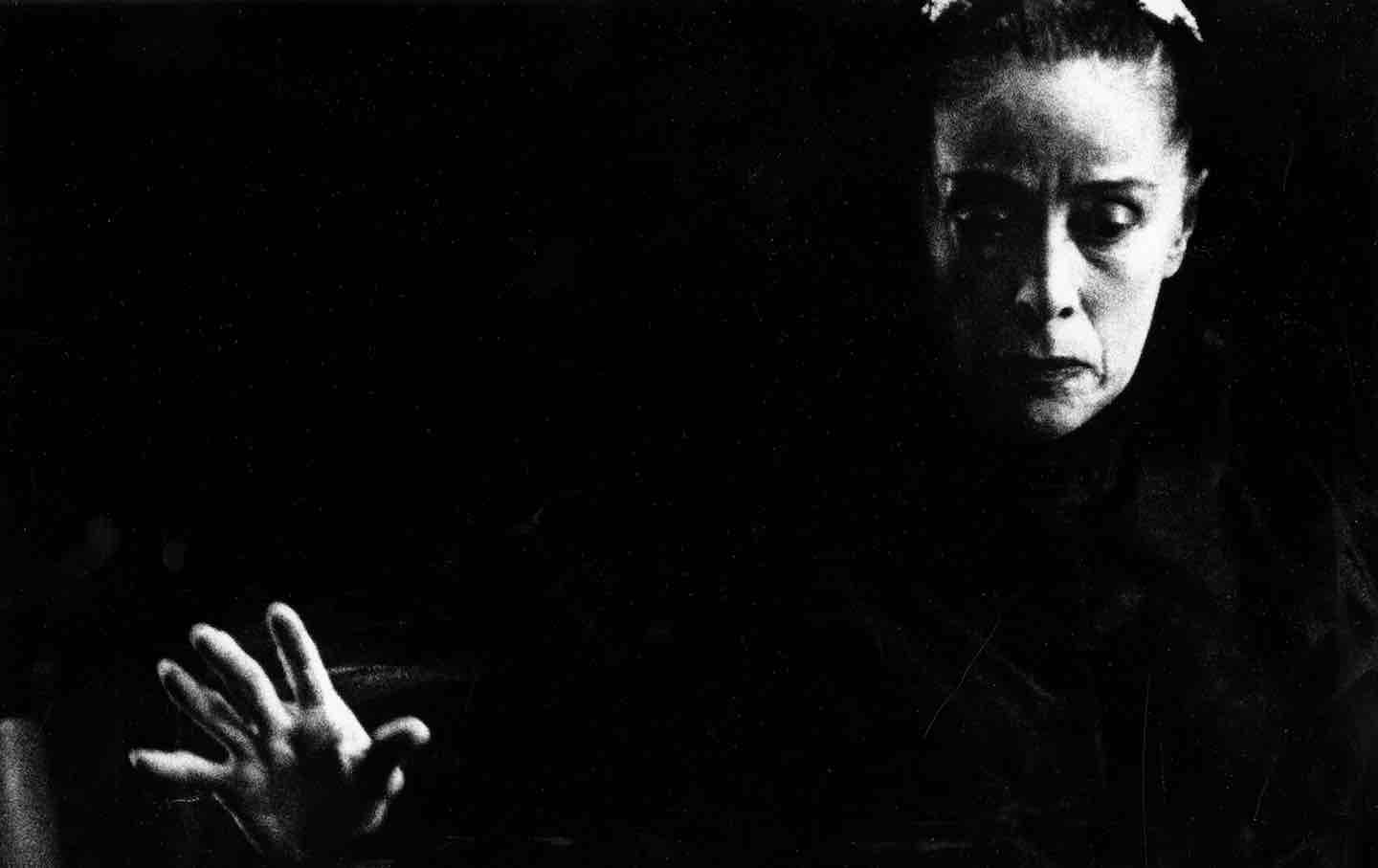
Space has always been a subject of fascination and curiosity for humankind. From the vastness of galaxies to the enigmatic phenomena that occur within them, there is no shortage of mind-blowing facts about the cosmos. One such phenomenon that often goes unnoticed is space dust. While it may seem insignificant compared to grand celestial bodies, space dust plays a crucial role in shaping the universe as we know it.
In this article, we will explore 17 mind-blowing facts about space dust, shedding light on its origins, composition, and the impact it has on various celestial bodies. Get ready to embark on a journey through the cosmos as we delve into the fascinating world of these tiny particles that travel billions of light-years to reach our planet.
Key Takeaways:
- Space dust, originating from comets and stars, is everywhere in the universe. It plays a crucial role in forming stars, planets, and even our own existence on Earth.
- Space dust acts as a time capsule, preserving cosmic history and potentially delivering essential building blocks for life. Scientists are eager to learn more through space exploration missions.
Space Dust: Tiny Particles with a Big Impact
Space dust, also known as cosmic dust or micrometeoroids, is composed of small particles that originate from asteroids, comets, and even distant stars. These minuscule grains can vary in size, from tiny fragments to microscopic particles.
The Origins of Space Dust
Space dust is generated through a variety of processes, including collisions between asteroids and comets, volcanic activity on other celestial bodies, and the aging and disintegration of cosmic material over time.
Space Dust is Everywhere in the Universe
One of the most fascinating aspects of space dust is its ubiquity. It permeates the entire universe, filling the vast expanse of space between stars, planets, and galaxies. It’s estimated that there are trillions upon trillions of these infinitesimal particles scattered throughout the cosmos.
Comets: Rich Sources of Space Dust
Comets, often referred to as “dirty snowballs,” are known to be rich sources of space dust. As they travel through space, comets leave trails of debris, composed mainly of frozen gases and dust particles, in their wake.
Space Dust and Star Formation
Space dust plays a crucial role in the process of star formation. The accumulation of dust particles in interstellar clouds provides the necessary material for the condensation and formation of protostars.
Space Dust is Key to Planet Formation
When space dust particles collide and stick together, they gradually accumulate to form larger objects, known as planetesimals. These planetesimals are the building blocks for planets, moons, and other solid bodies within our solar system.
Space Dust: A Window into Cosmic History
By studying the composition of space dust, scientists gain valuable insights into the chemical evolution of the universe. These tiny particles can provide information about the elemental composition, age, and even the formation processes of celestial bodies.
The Perplexing Nature of Stardust
Some space dust particles, known as stardust, are particularly intriguing. Stardust is formed in the outer layers of dying stars and contains unique isotopic compositions that can only be formed under extreme stellar conditions. Studying stardust helps scientists understand the life cycle of stars.
The Collision Hazards of Space Dust
Despite its tiny size, space dust can pose significant risks to spacecraft and satellites. When traveling at high velocities, even small dust particles can cause damage upon impact, leading to erosion, electrical anomalies, and potential malfunctions.
Space Dust: A Cosmic Time Capsule
Space dust can act as a time capsule, preserving valuable information about the history of our solar system and the broader universe. By analyzing these ancient particles, scientists can unravel the mysteries of the past and gain insights into cosmic events that occurred millions or even billions of years ago.
The Colors of Space Dust
Space dust comes in a variety of colors, ranging from dark gray to reddish-brown hues. These colors originate from the various minerals and organic compounds that make up the dust particles.
The Role of Space Dust in Atmospheric Phenomena
Space dust particles can interact with Earth’s atmosphere, contributing to a range of natural phenomena, including meteors, shooting stars, and atmospheric luminosity.
Space Dust and Interstellar Travel
Space dust can pose challenges to potential interstellar travel. The high velocities and density of dust particles in space can present dangers to spacecraft, requiring protective measures for long-duration space missions.
The Faint Glow of Zodiacal Light
Zodiacal light, often observed as a faint glow in the night sky, is caused by sunlight scattering off microscopic space dust particles within our solar system.
Space Dust as Building Blocks of Life
Space dust may have played a fundamental role in the origin of life on Earth. These dust particles could have delivered organic molecules, such as amino acids and other essential building blocks, to our planet during its early formation.
Space Dust: A Catalyst for Stellar Evolution
Space dust can act as a catalyst for stellar evolution. The formation of dust grains around stars influences their brightness, temperature, and overall evolution, shaping the destiny of celestial objects.
The Future of Space Dust Exploration
As space exploration continues to advance, scientists are eager to learn more about space dust and its impact on celestial processes. Missions like NASA’s Stardust and Japan’s Hayabusa have collected samples of space dust to be analyzed back on Earth, providing invaluable insights into the nature of these cosmic grains.
Conclusion
In conclusion, space dust is a fascinating and enigmatic component of our universe. From its origins in exploding stars to its impact on our solar system, space dust holds valuable clues about the formation and evolution of celestial bodies. Its presence in vast quantities contributes to the beauty of cosmic phenomena like the Milky Way and meteor showers. Moreover, space dust plays a crucial role in the birth of new stars and planets.Studying space dust not only helps us understand the past and present state of our universe but also holds implications for future space exploration and colonization. Its unique composition and properties serve as building blocks for future technologies and advancements.As our knowledge of space dust continues to grow, so does our fascination with the mysteries it holds. The more we delve into the world of space dust, the more we realize its profound impact on our understanding of the vast and intricate Universe we are a part of.
FAQs
Q: What is space dust?
A: Space dust refers to tiny, microscopic particles that are scattered throughout the universe. They can range in size from a few nanometers to several micrometers.
Q: Where does space dust come from?
A: Space dust is primarily created from the remnants of exploding stars, known as supernovae. These explosions can eject large amounts of dust and gas into space.
Q: How does space dust affect our solar system?
A: Space dust plays a crucial role in the formation of planets and moons within our solar system. When these particles collide and stick together, they eventually form larger celestial bodies.
Q: Is space dust visible from Earth?
A: Space dust itself is not visible to the naked eye. However, when it interacts with sunlight, it creates a faint glow known as zodiacal light, which can sometimes be observed before dawn or after dusk.
Q: Can space dust be harmful to astronauts or spacecraft?
A: In space, space dust particles travel at extremely high speeds, posing a potential risk to astronauts and spacecraft. These particles can cause damage to equipment and even pose health risks to astronauts if inhaled.
Q: How do scientists study space dust?
A: Scientists study space dust by collecting samples through space missions or by utilizing sophisticated instruments on Earth. They analyze the composition, size, and distribution of these particles to gain insights into cosmic processes.
Q: Can space dust provide insights into the origin of life?
A: Space dust contains organic compounds and molecules that are essential for the creation of life. By studying space dust, scientists hope to understand the processes by which life can form and evolve in the universe.
Space dust captivates imaginations, holding secrets to cosmic origins. Minuscule particles wield immense influence, shaping stars, planets, and even life itself. Unraveling space dust's mysteries is just the beginning—comets hold astonishing facts waiting to be explored. Join the journey of discovery as we delve deeper into the wonders of our universe.
Was this page helpful?
Our commitment to delivering trustworthy and engaging content is at the heart of what we do. Each fact on our site is contributed by real users like you, bringing a wealth of diverse insights and information. To ensure the highest standards of accuracy and reliability, our dedicated editors meticulously review each submission. This process guarantees that the facts we share are not only fascinating but also credible. Trust in our commitment to quality and authenticity as you explore and learn with us.


